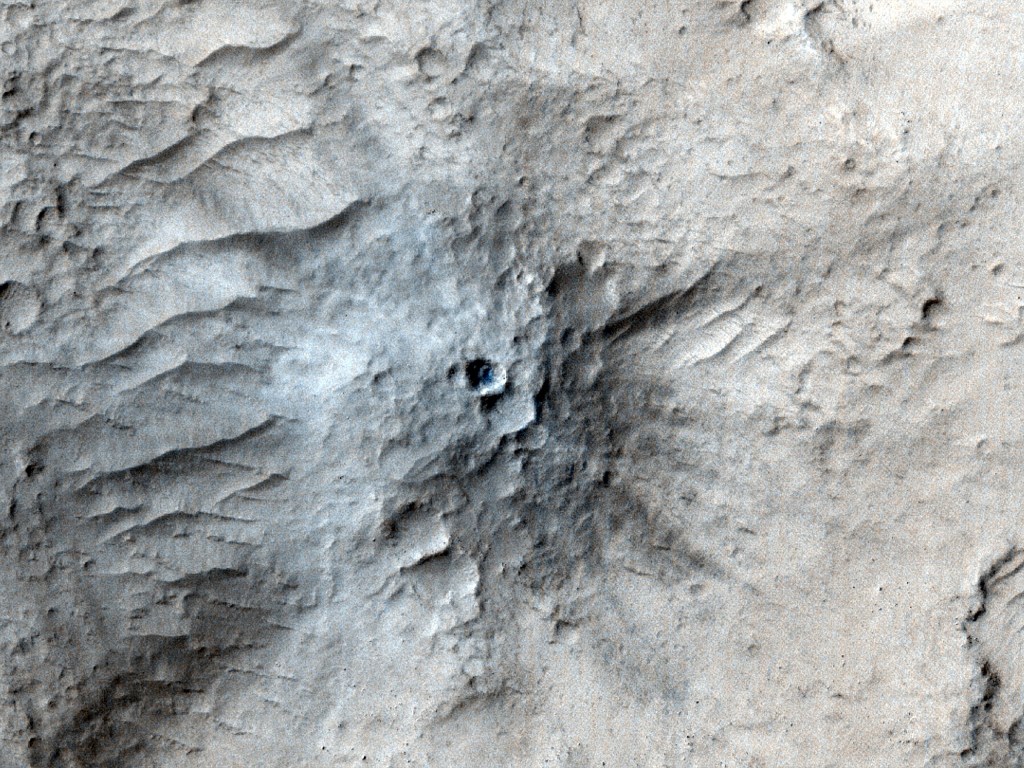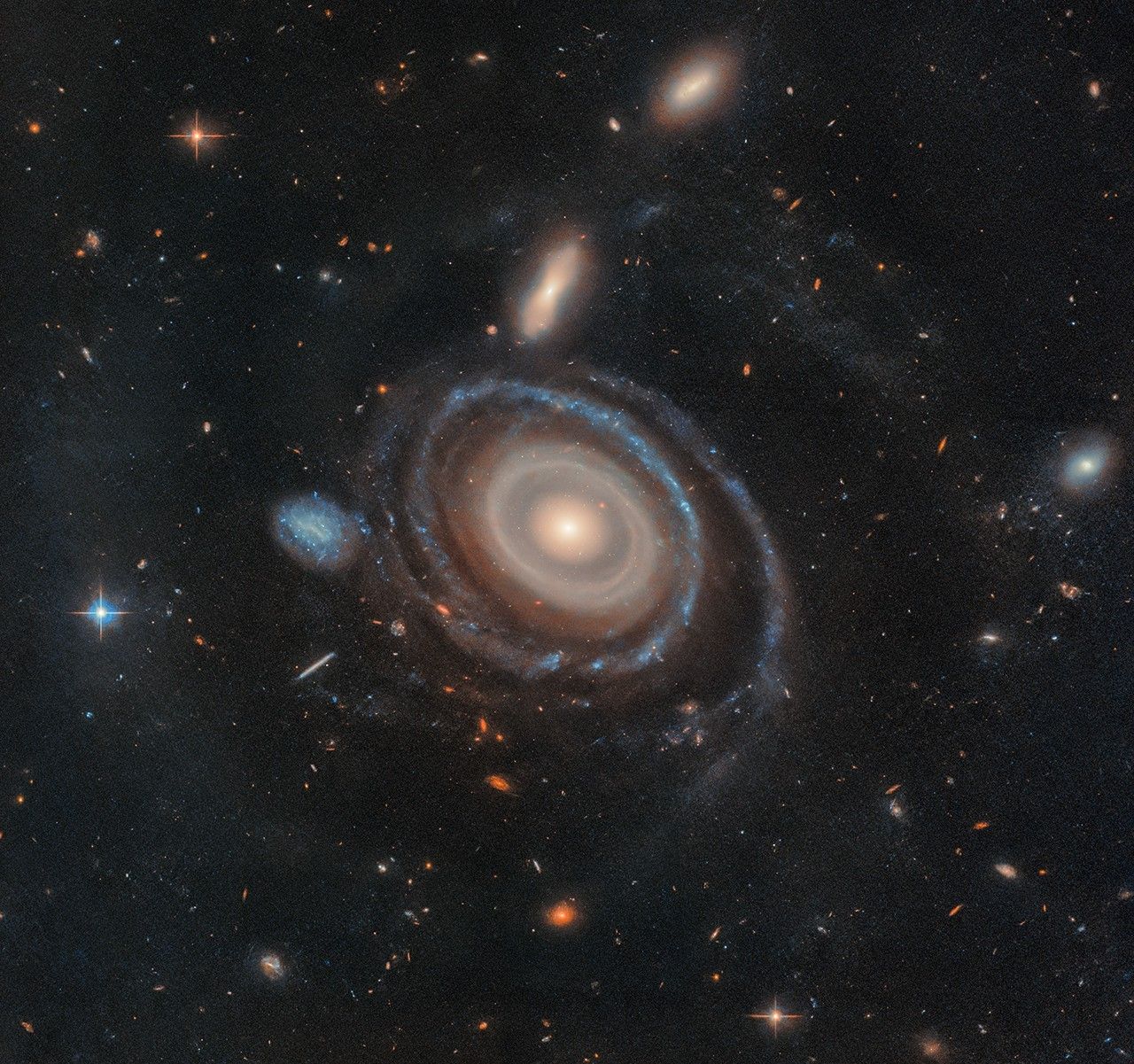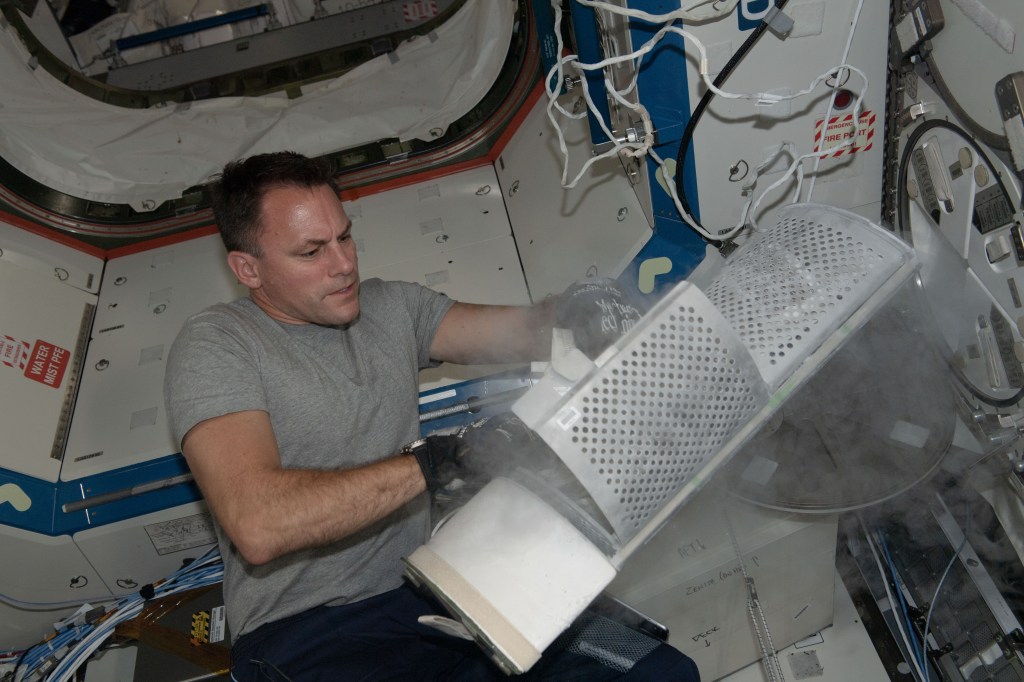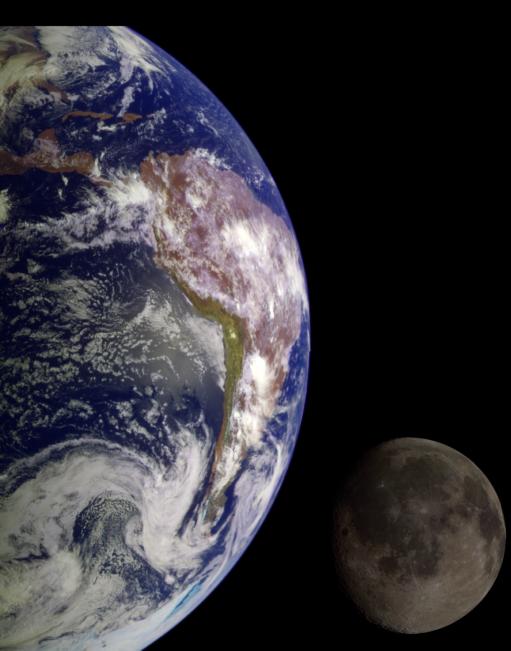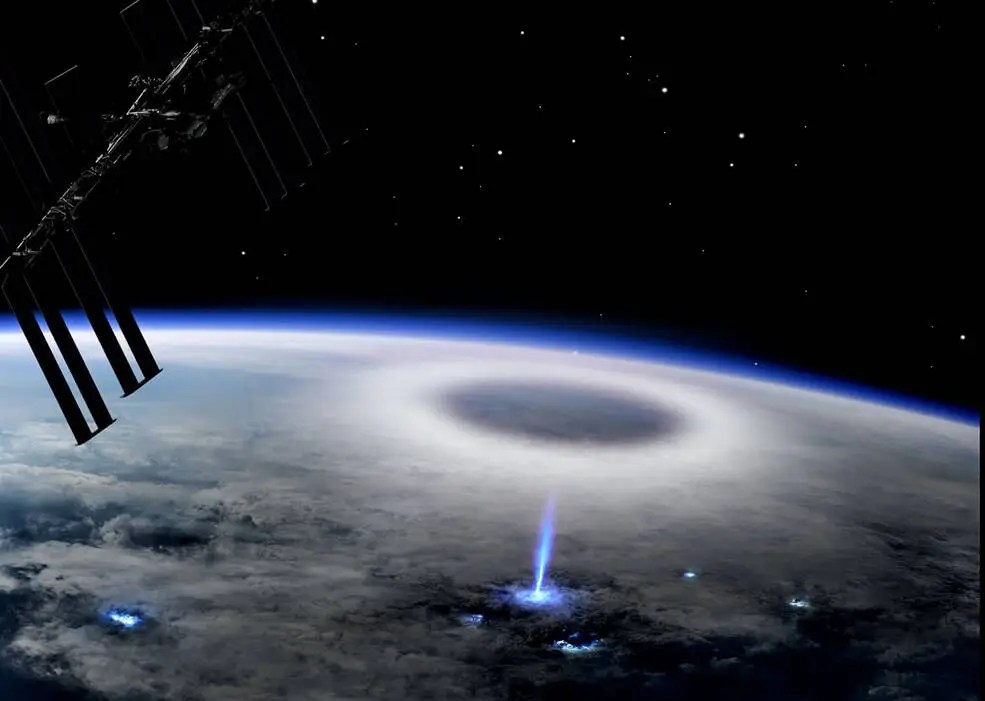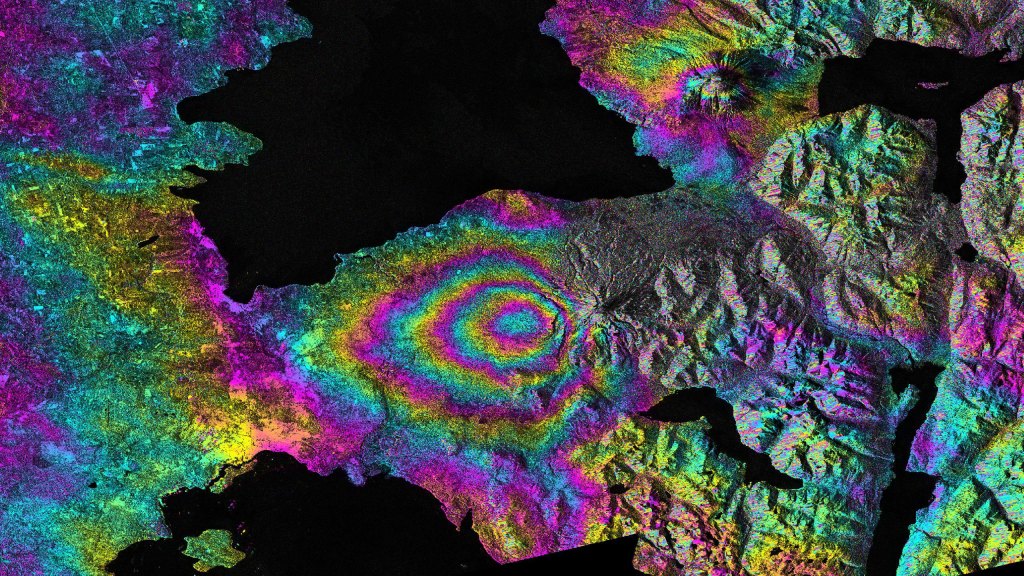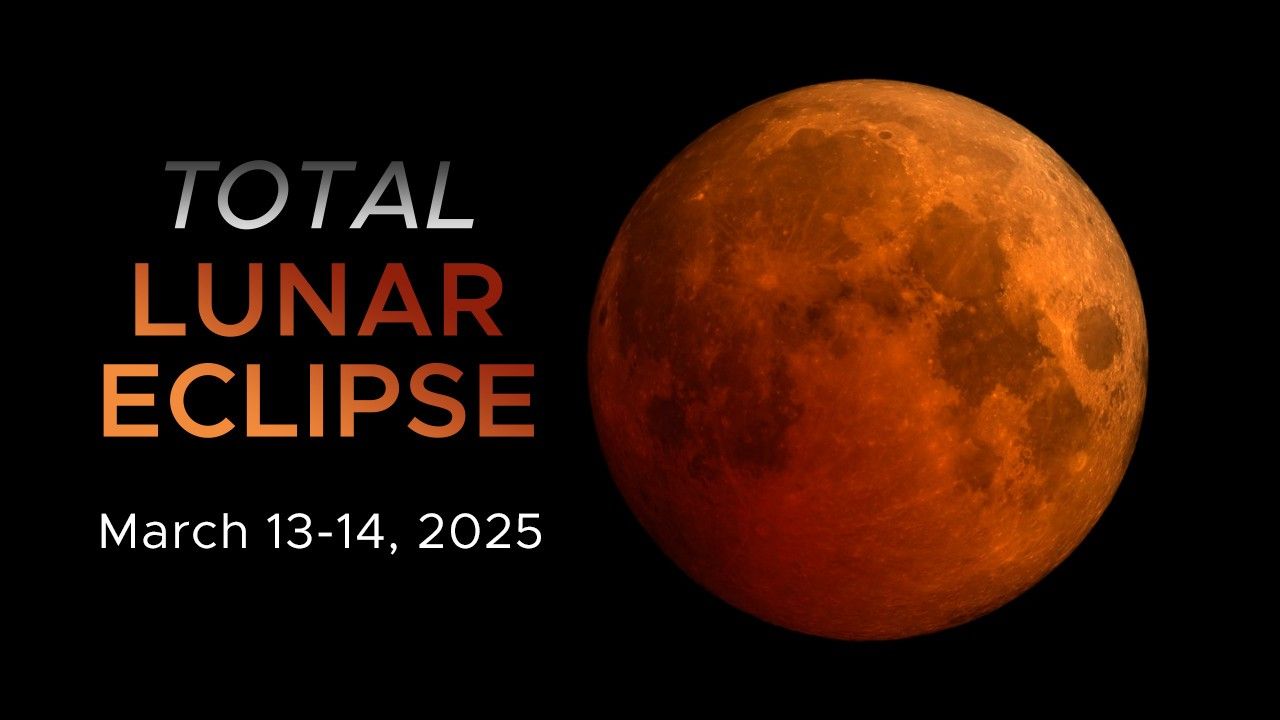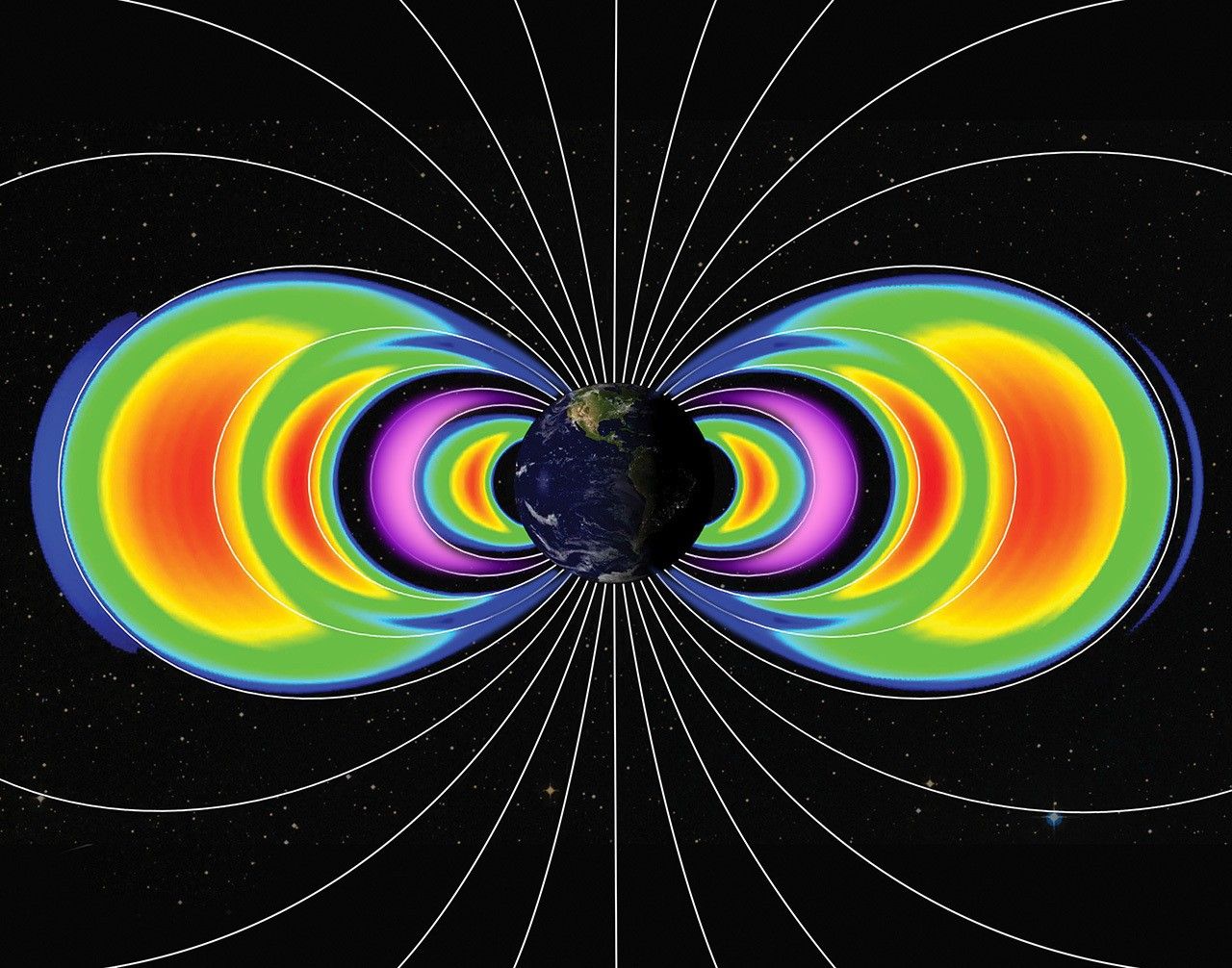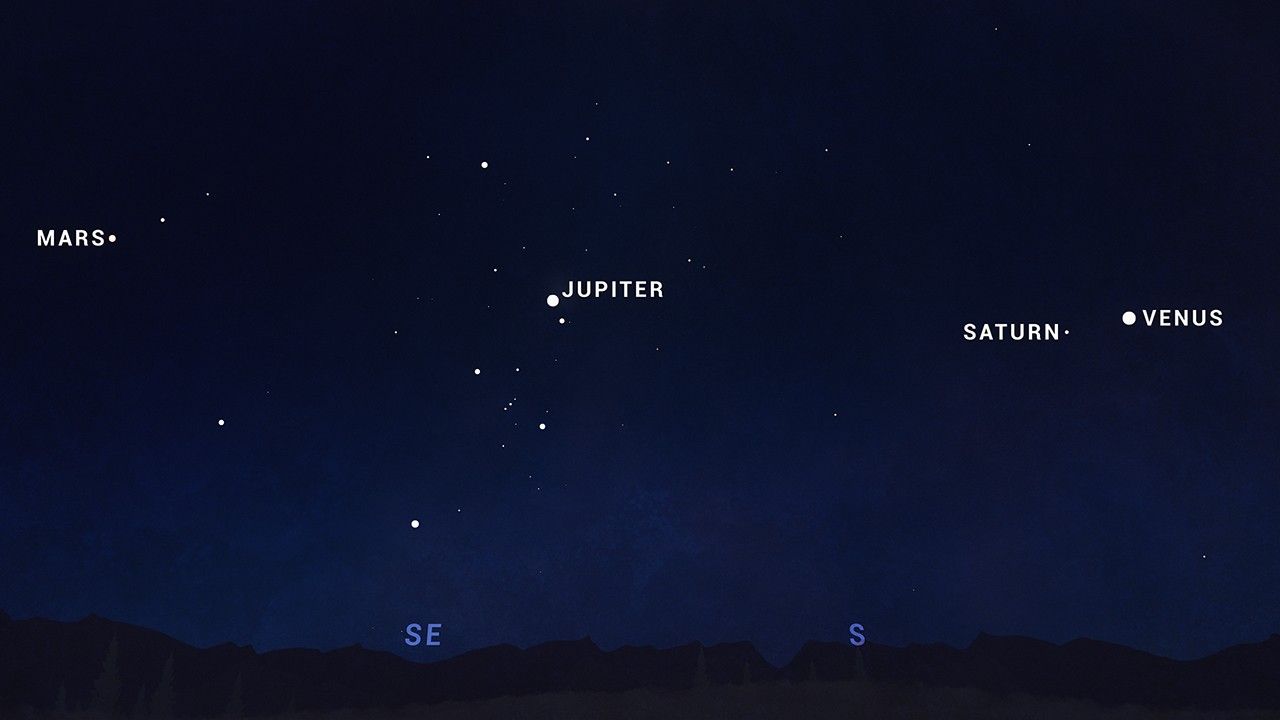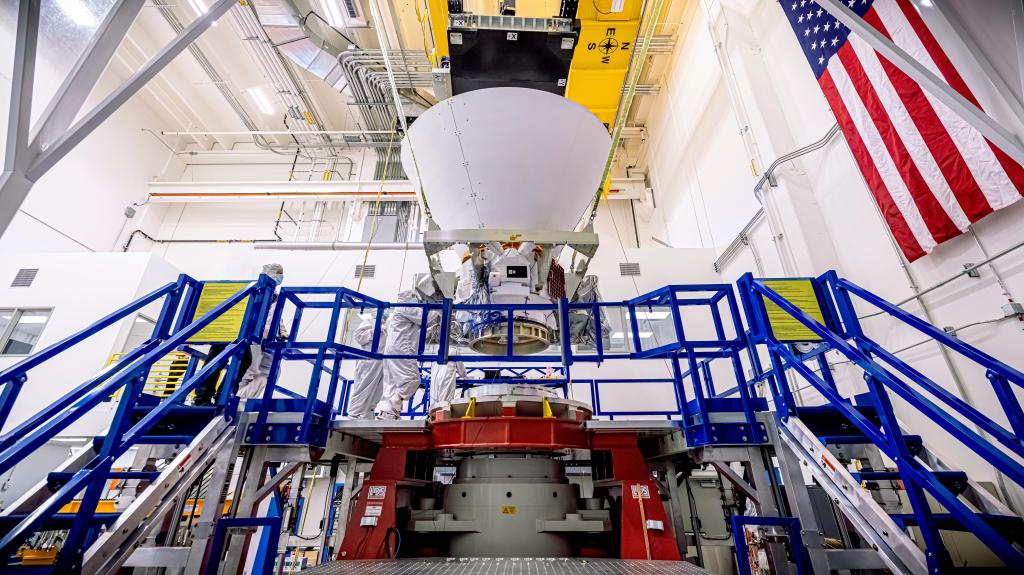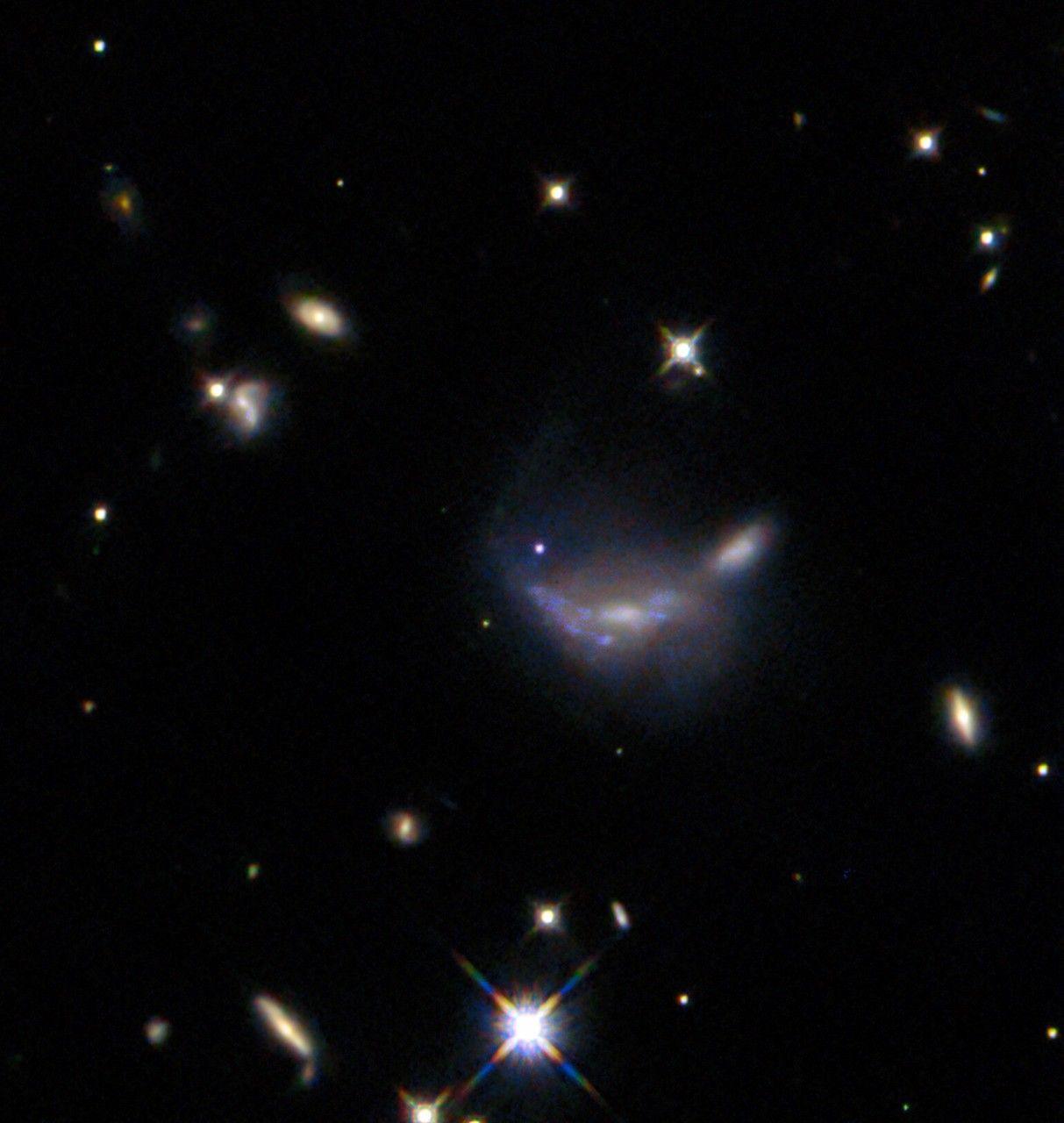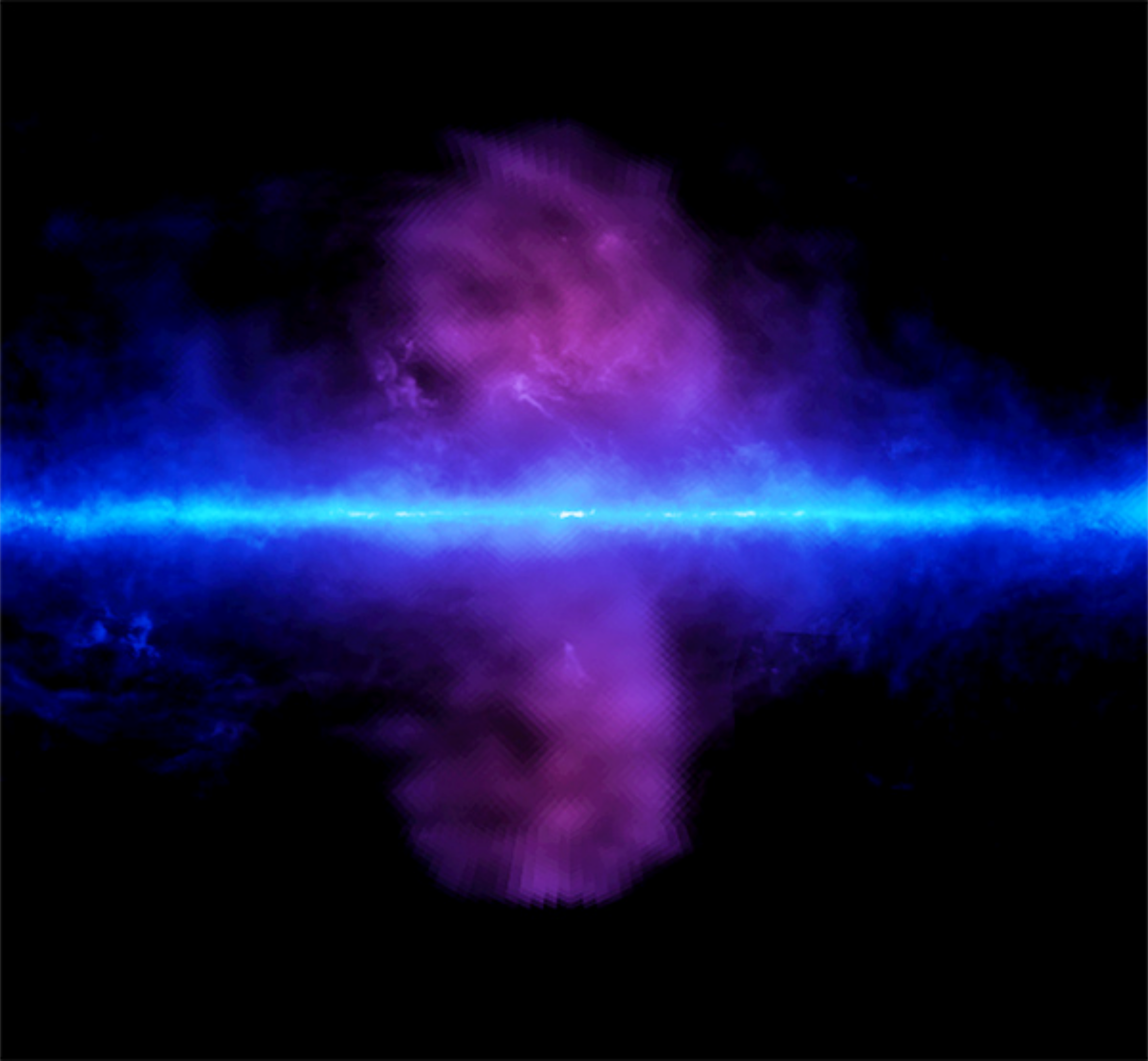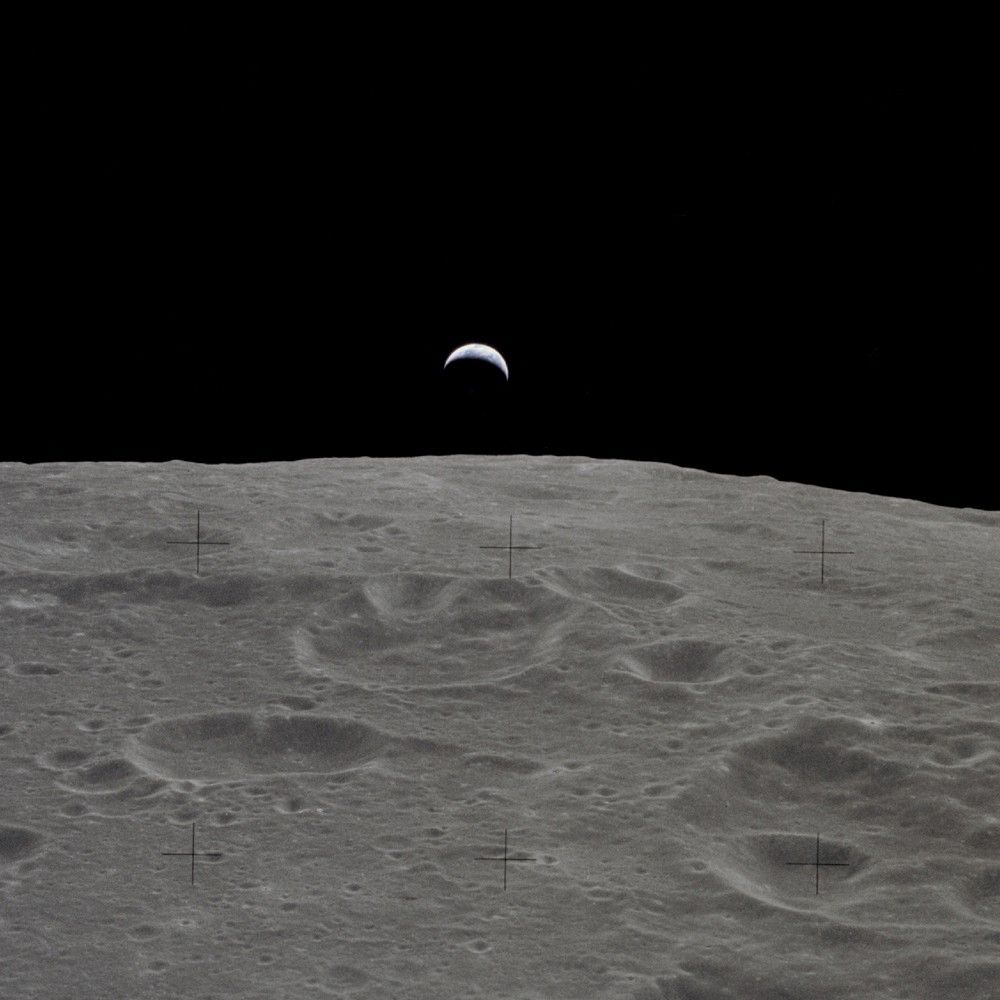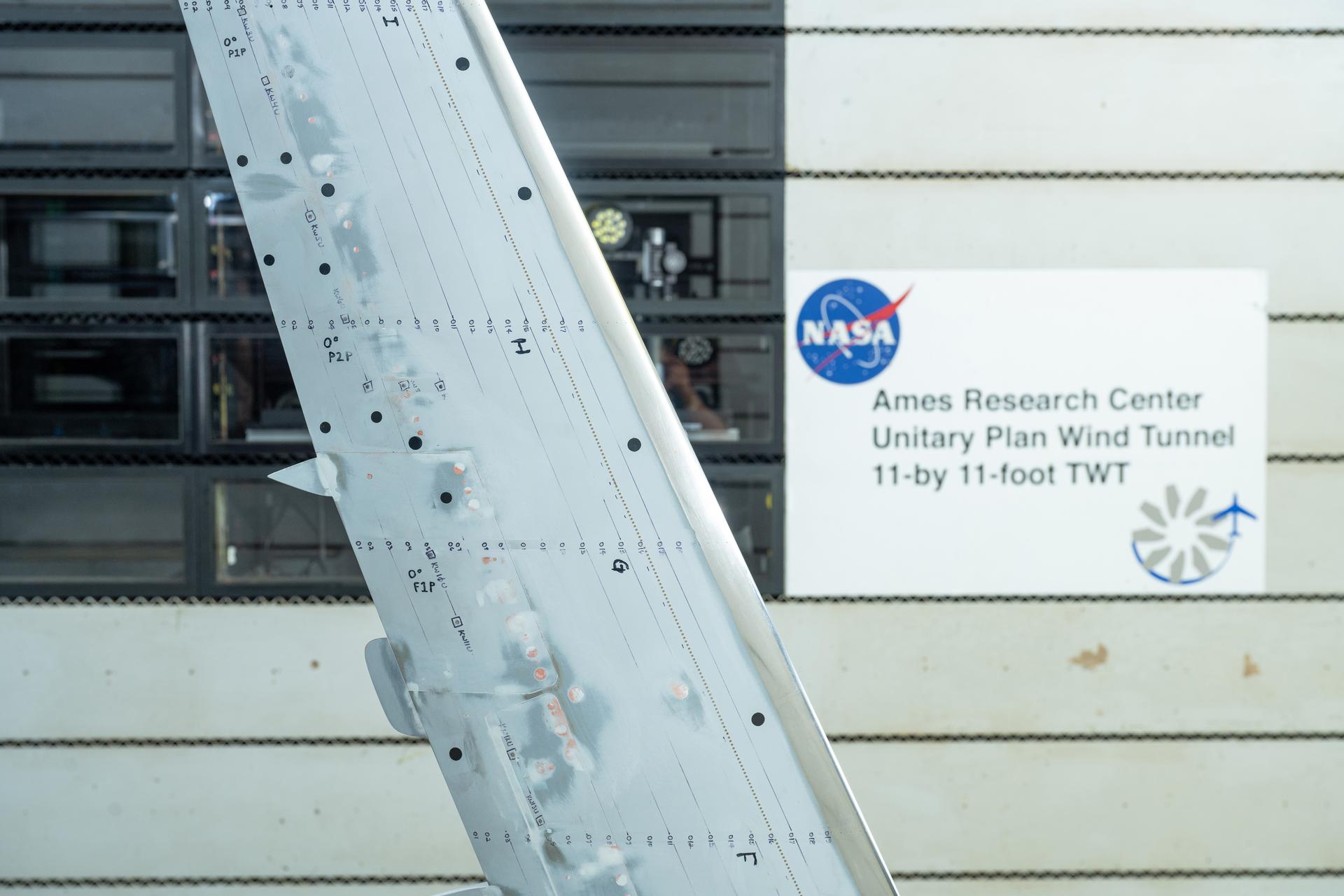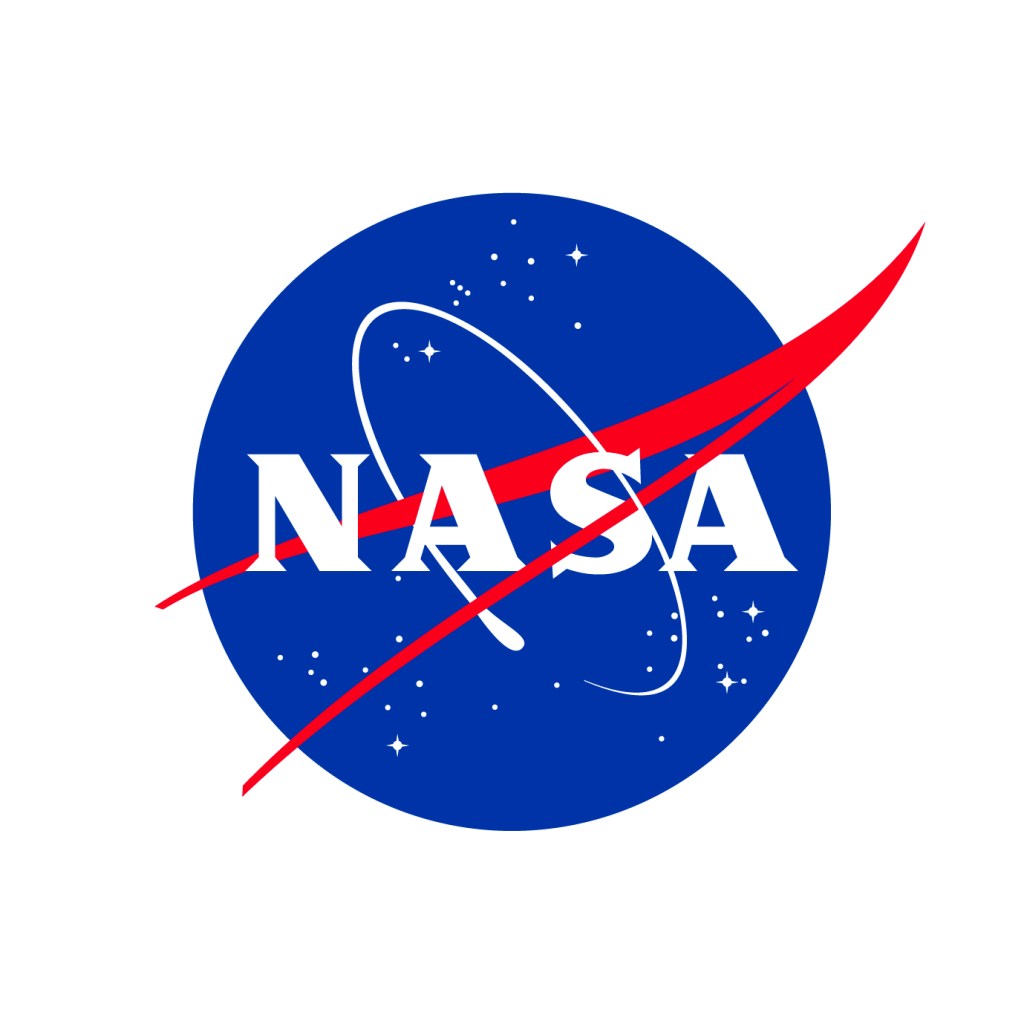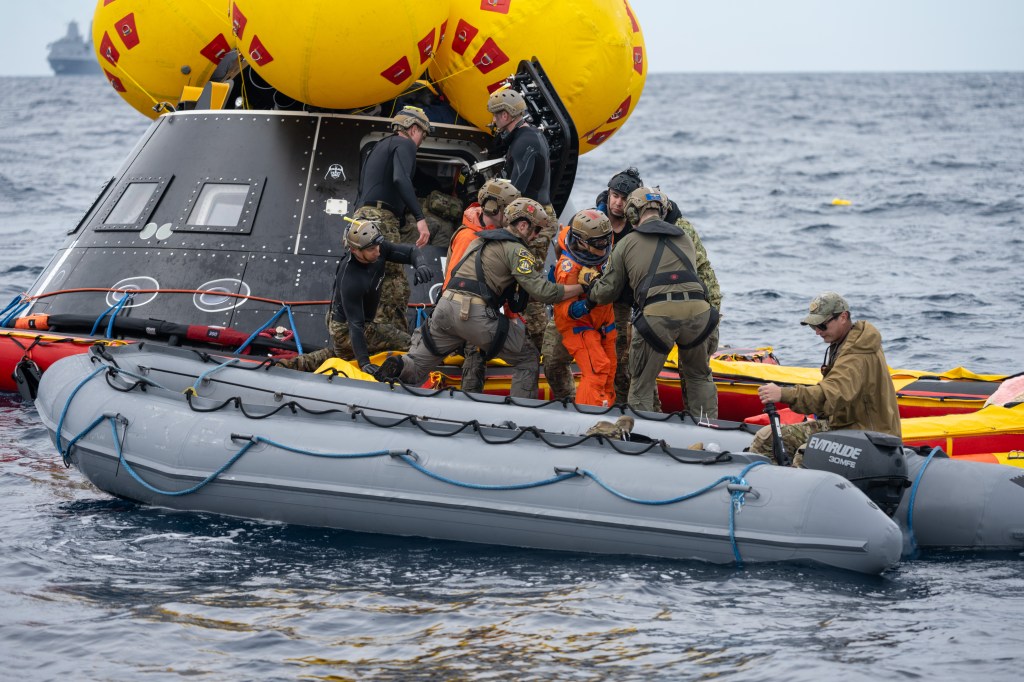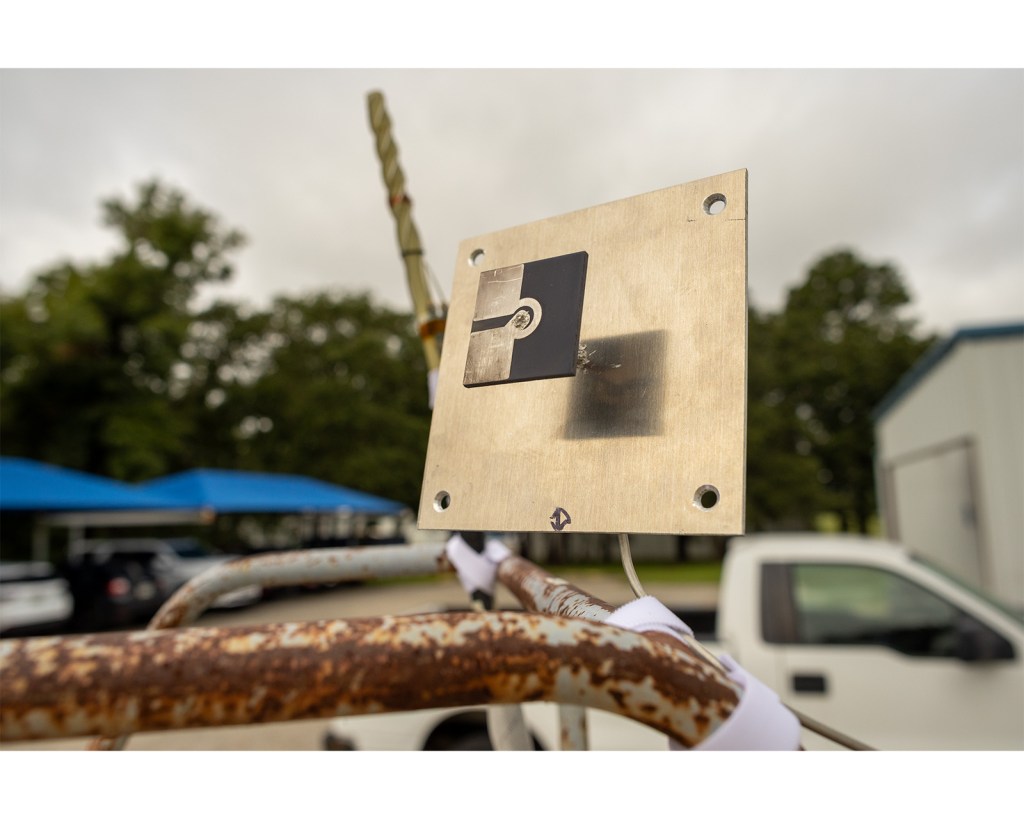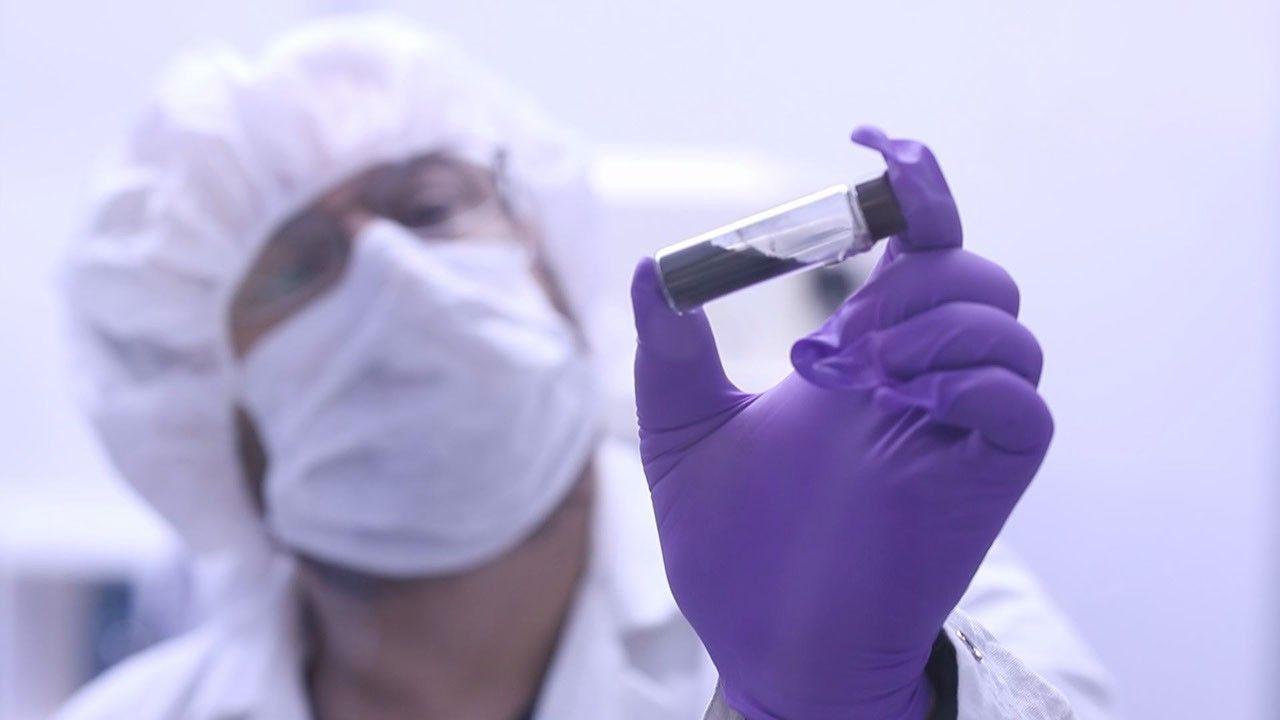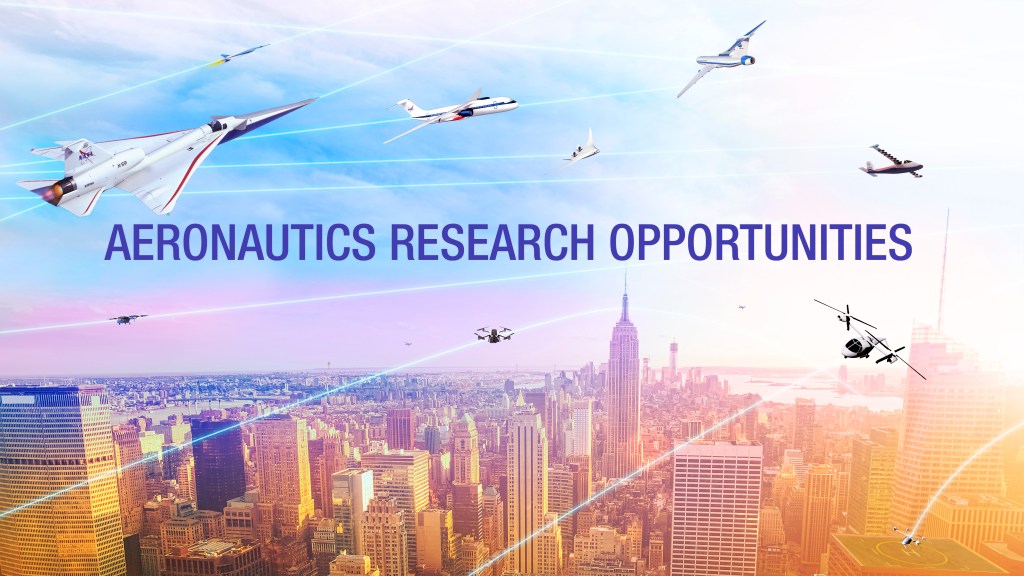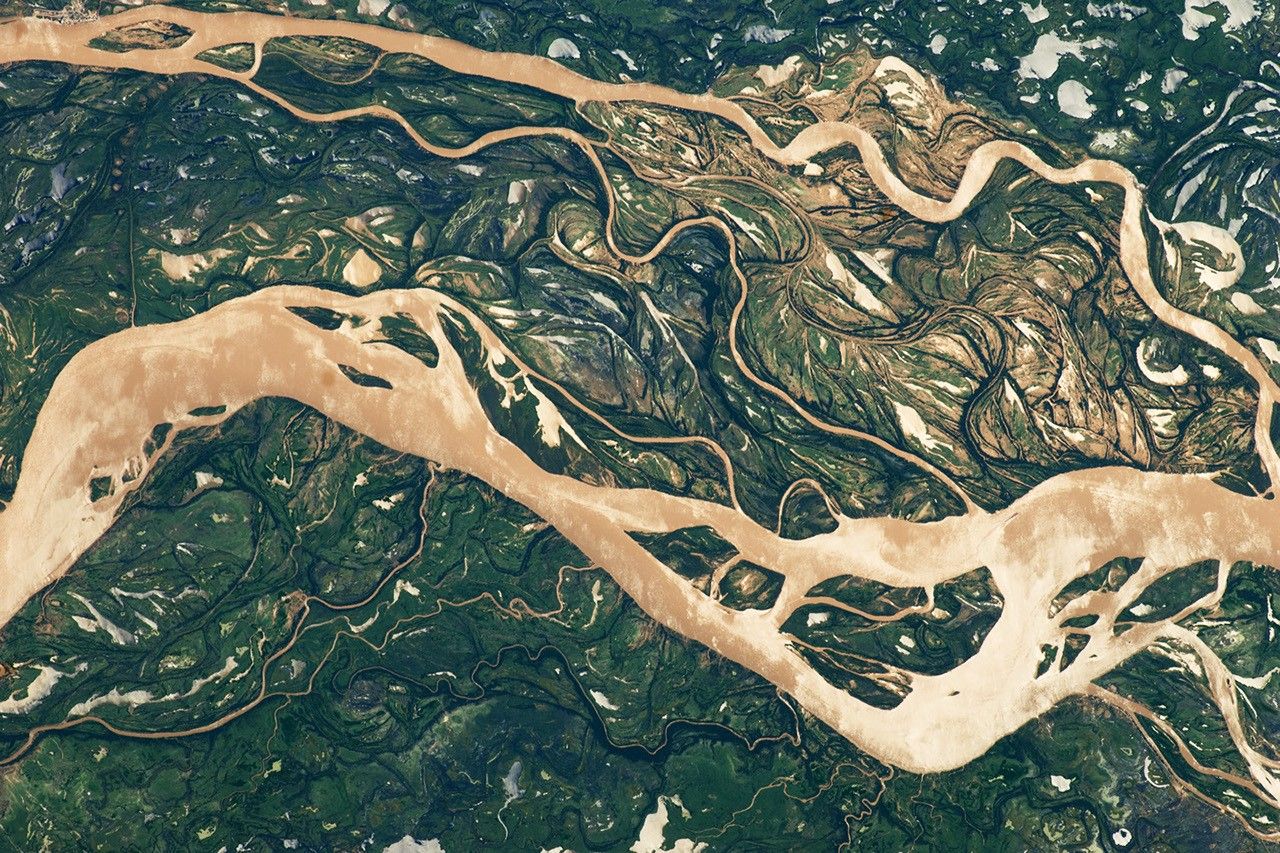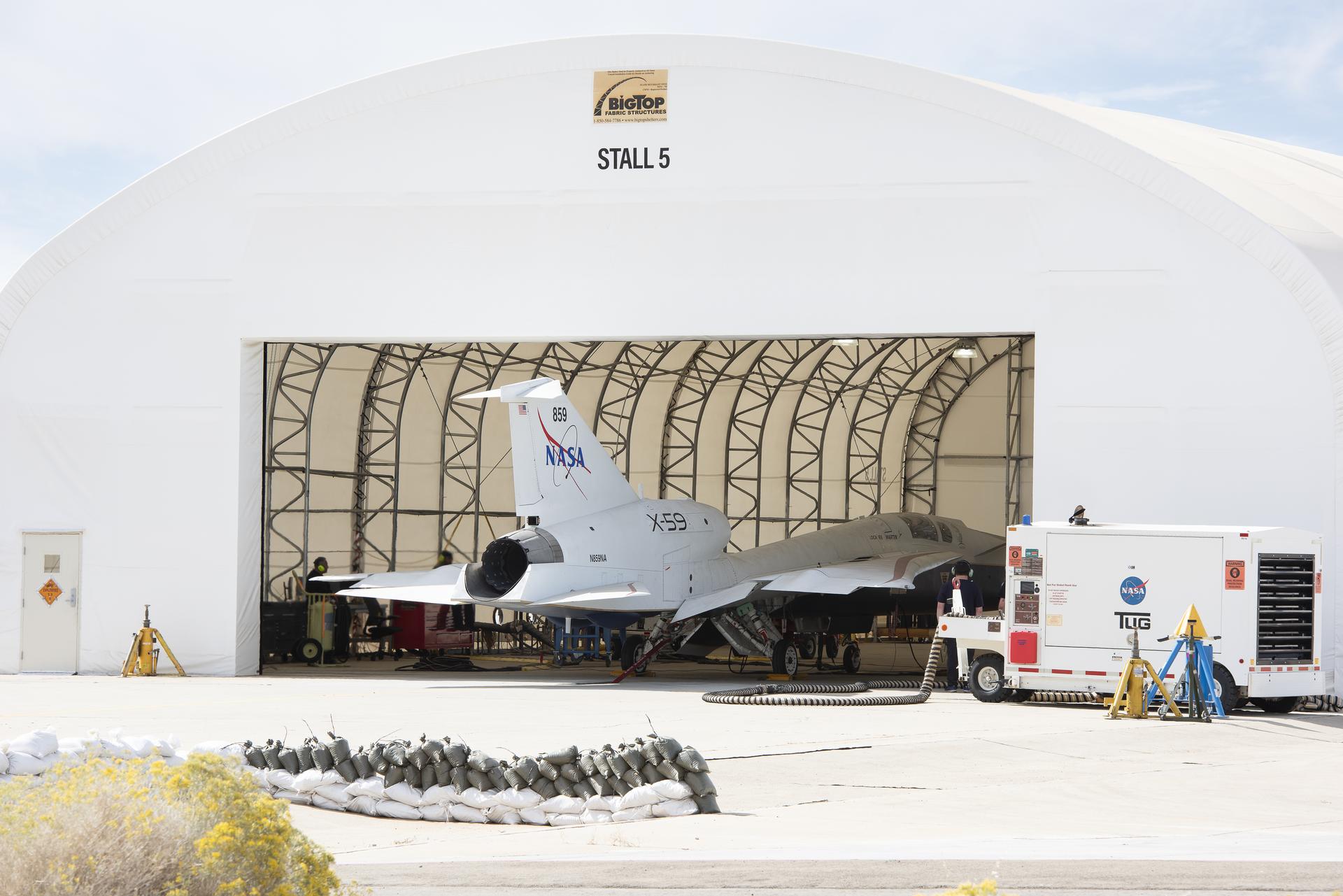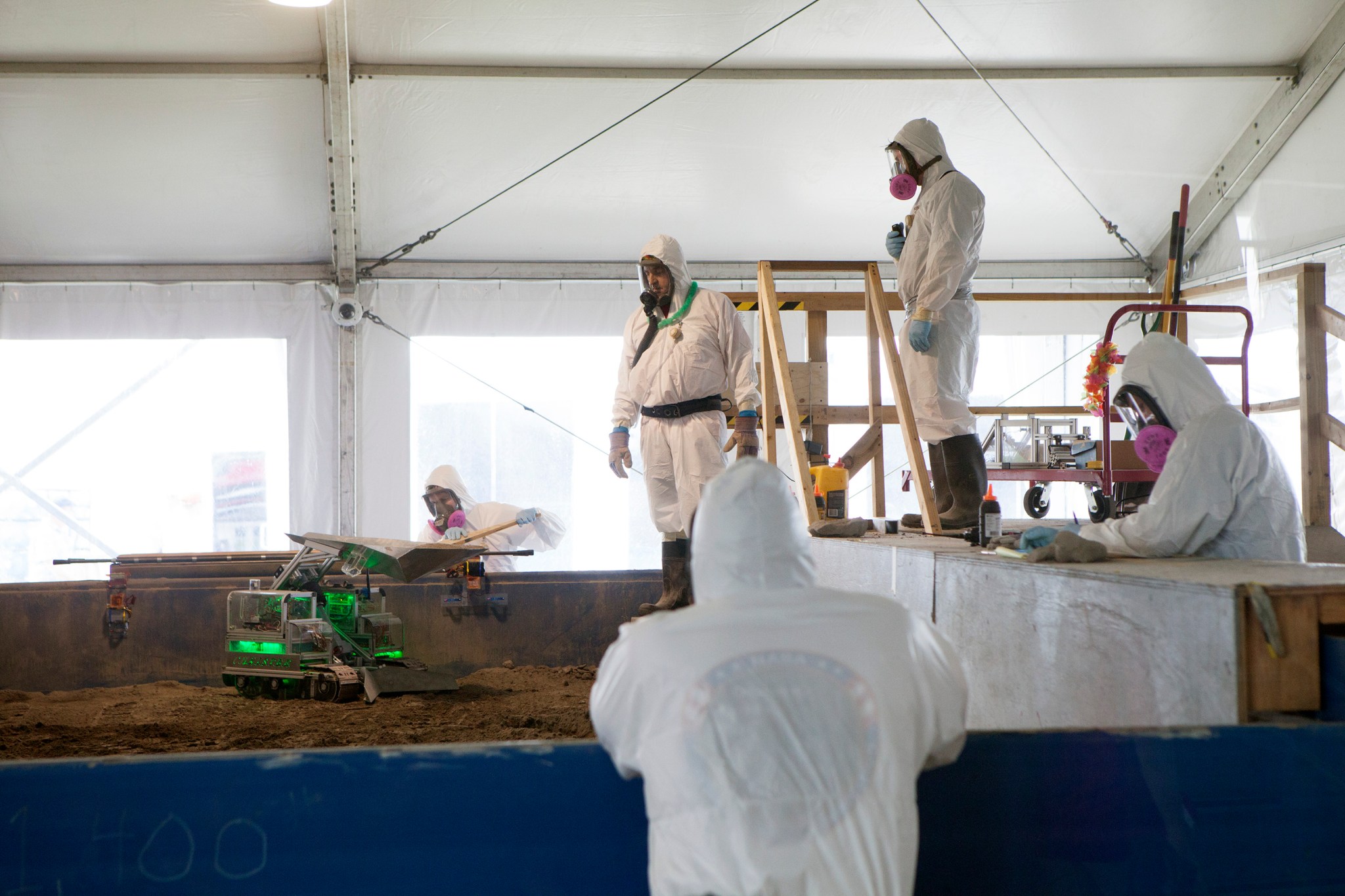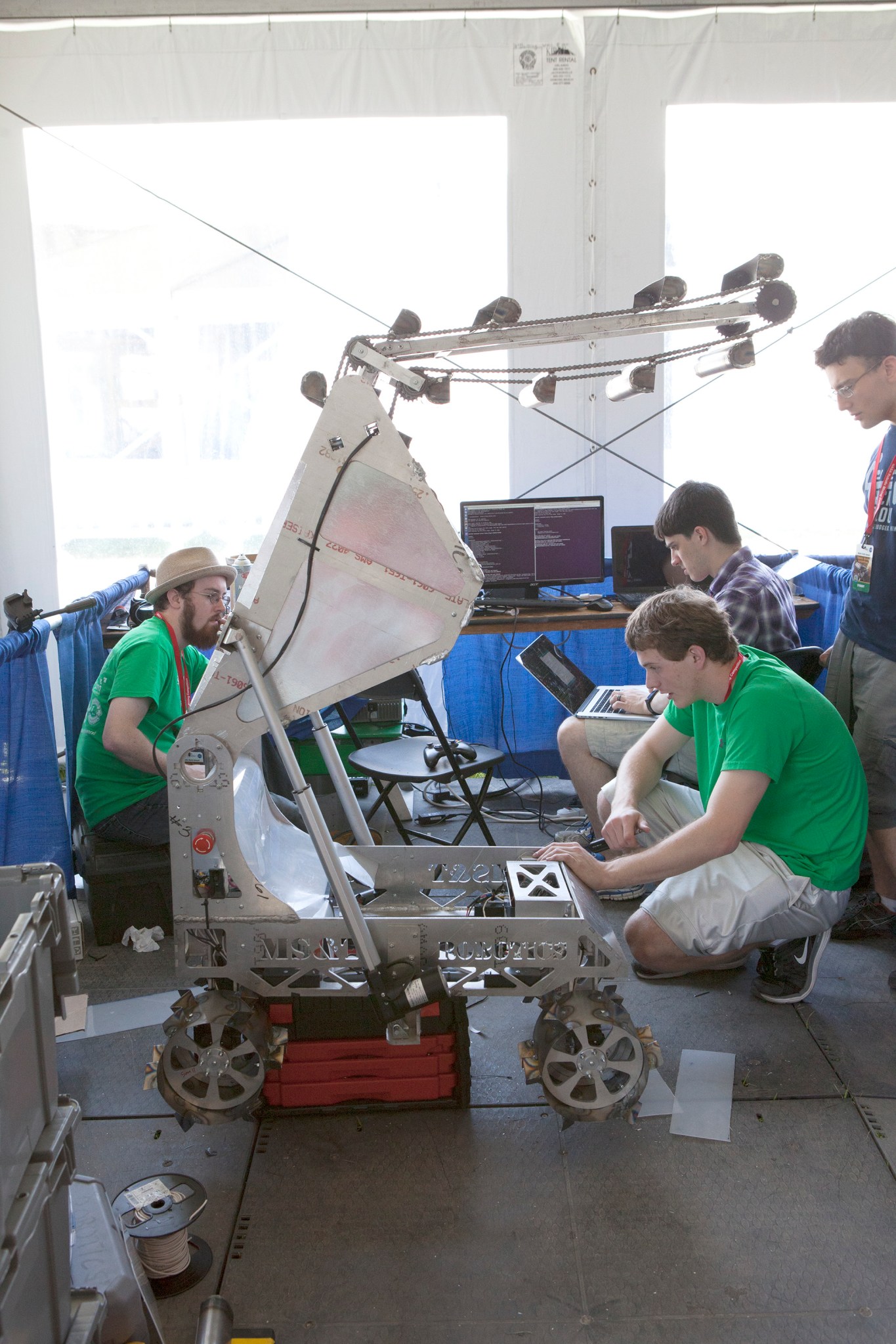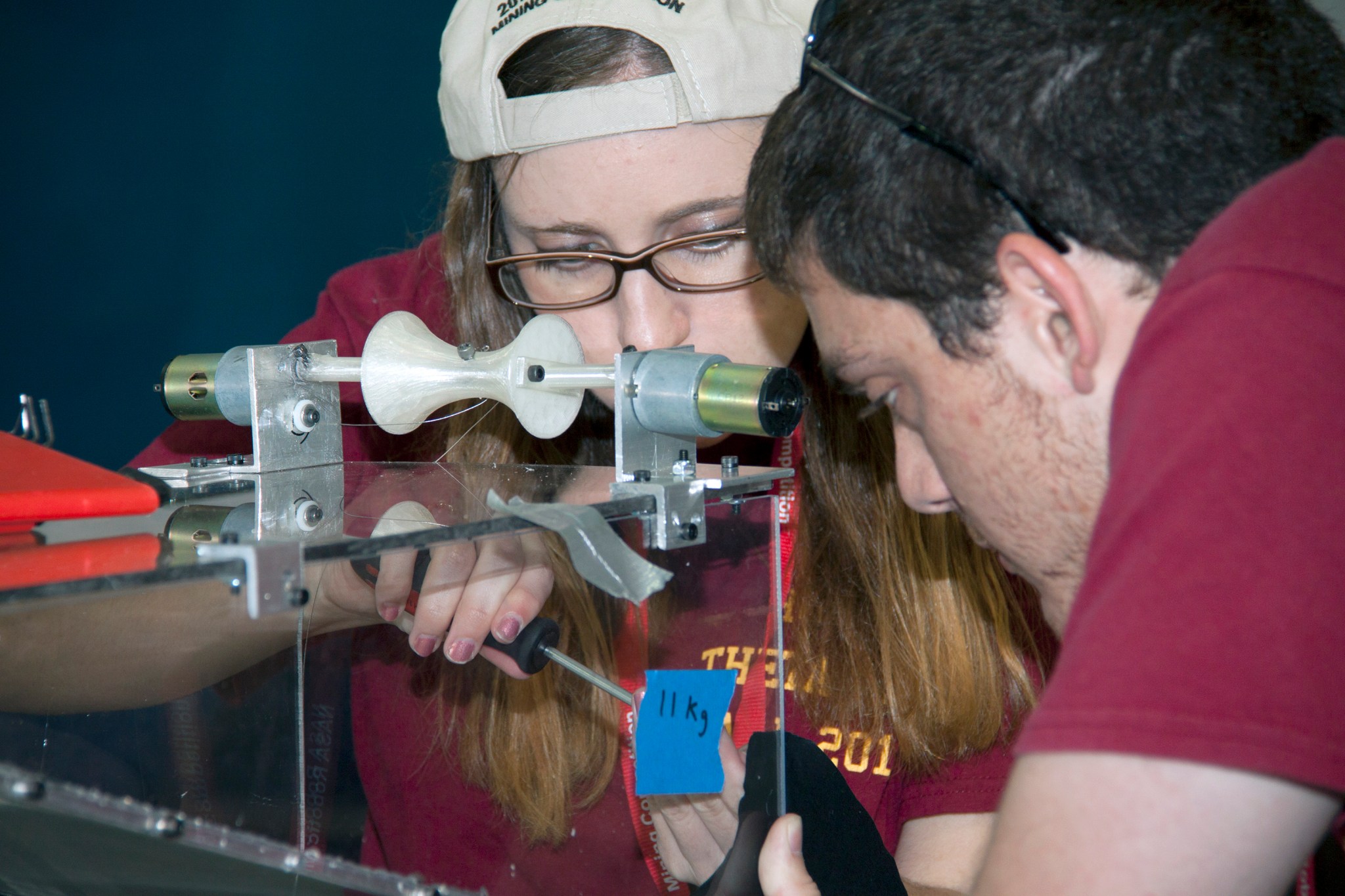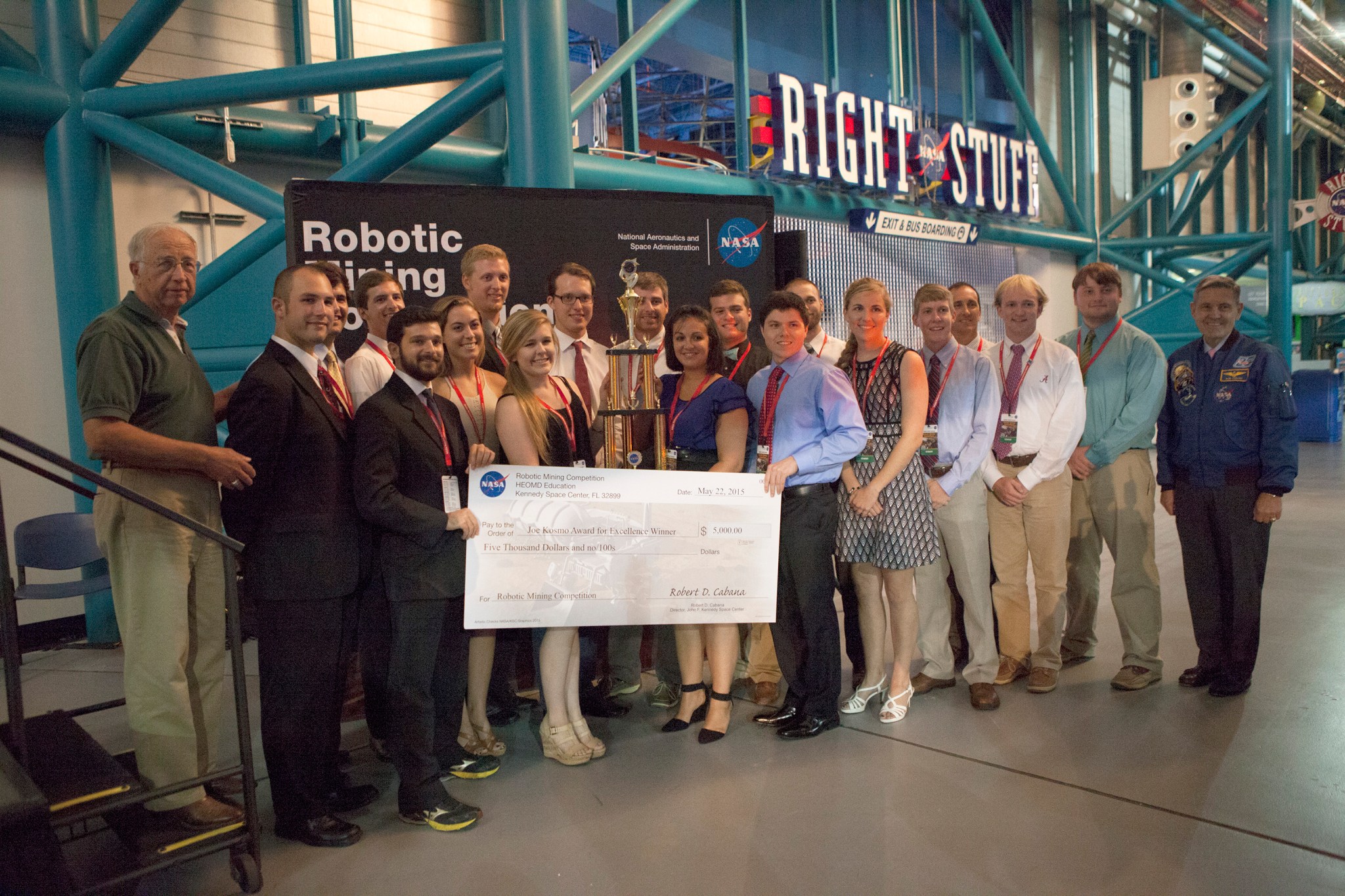
Team “Astrobotics” from the University of Alabama in collaboration with Shelton State Community College received the top award, the Joe Kosmo Award for Excellence, at NASA’s Sixth Annual Robotic Mining Competition awards ceremony May 22. The mining competition was held May 18-22 at the Kennedy Space Center Visitor Complex in Florida.
“It was another year of hard work,” said Kellen Schroeter, team lead and aerospace engineering student from the University of Alabama. “It was great to see our robot work as it was supposed to work, especially the autonomy portion.”
The team also took first place in the on-site mining category, mining a total of 117.8 kilograms of regolith. Their robot accomplished all of the mining autonomously, without communication from the team or use of a remote-controlled device in the control room.
“I visited most of the teams in the mining pit and had the opportunity to see the diversity of robot designs and all of the different ideas. It was really amazing,” said Bob Cabana, Kennedy Space Center director.
Purdue University placed second in the on-site mining competition, bringing in 68.3 kilograms of regolith. Their team drove 17 hours over two days from W. Lafayette, Indiana, to the space coast.
“This is a culmination of a lot of efforts,” said team leader Bobby Rolley. “Our robot was fully remote-controlled, but we’re going to try for autonomy next year.”
Joe Kosmo, for whom the top award is named, is a retired NASA engineer with a keen interest in robot mining. This year was his sixth year serving as a judge for the competition.
“The journey here gives the students life experiences as they bring their concepts to reality,” Kosmo said. “Designing robots are a thing of the future. It’s amazing how much technology has advanced over the years.”
The weeklong competition featured teams of undergraduate and graduate students from 46 colleges and universities across the United States. They came from as far away as Alaska, Utah and Vermont, and as nearby as Melbourne and Orlando, with their robot miners, required systems engineering papers, display and presentation and outreach project report.
Before traveling to the space coast, each team spent up to nine months planning, designing and building robots that can traverse in a mining arena filled with simulated Martian terrain or regolith, called BP-1, excavate the regolith and deposit it into a collector bin within 10 minutes.
Each team had two opportunities to mine a combined total of at least 10 kilograms to qualify for the mining portion of the competition. From control rooms near the mining area, teams commanded their robots to perform the intricate movements required to collect the regolith and maneuver through the rocky terrain to the collector bin and complete the task. New this year to be mined was a layer of small rocks, representing ice water below the simulated regolith surface. This change brought the competition more in line with the requirements of future off-world mining missions.
Several of the teams were first-timers, including the University of Utah, who placed third in the on-site mining competition, the University of Iowa, and Kent State University, who built a robot in four months.
“We’re in science heaven,” said Teresa Petty, a junior studying mechanical engineering at the University of Utah. And Arten Simonyan, a senior in mining engineering from Utah said the idea of mining in space is captivating.
“The students and faculty advisors keep amazing us every year with their outstanding engineering practices, innovative robots and team spirit,” said Richard Johanboeke, project manager for the Robotic Mining Competition.
Four members of the South Dakota School of Mines and Technology “Moonrockers” drove to Florida, making the 30-hour trip with their newly designed robot. They joined up with seven of their team members and one advisor for their fifth year of competition.
Rob Mueller, lead judge for the mining competition, is a NASA senior technologist in the Science and Technology Projects Division of the Spaceport Systems Branch at Kennedy.
“This year, there was significant innovation in the form of five teams that competed with multiple robots,” said Mueller, “They ranged from twin robots competing concurrently, to small scouting robots that directed the excavator toward the mining zone in the regolith arena.”
For their original thinking, John Brown University was awarded the Judges Innovation Award for a team of three robots, called Alpha, Beta and Charlie, that worked cooperatively to mine regolith on a local mesh wireless communications network.
Mueller said the Robotic Mining Competition is very important to NASA. Most of the resources available in space are contained in the regolith. In order to take advantage of these resources for in-situ resource utilization (living off the land), the regolith must first be excavated and then delivered to a processing plant to extract water, silicates & minerals.
“The robotic excavators developed by these universities for the mining competition are a way of crowdsourcing good solutions and concepts for planetary regolith excavation,” Mueller said. “Since 2010, more than 300 robotic excavation prototype concepts have been built and demonstrated at Kennedy by many colleges and universities.”
“They were magnificent,” Johanboeke said. “I am looking forward to seeing how the students and their robots evolve for the 2016 competition.”
NASA’s Robotic Mining Competition is a Human Exploration and Operations Mission Directorate project designed to engage and retain students in science, technology, engineering and mathematics fields by expanding opportunities for student research and design. The project provides a competitive environment to foster innovative ideas and solutions that potentially could be applied to future NASA missions.
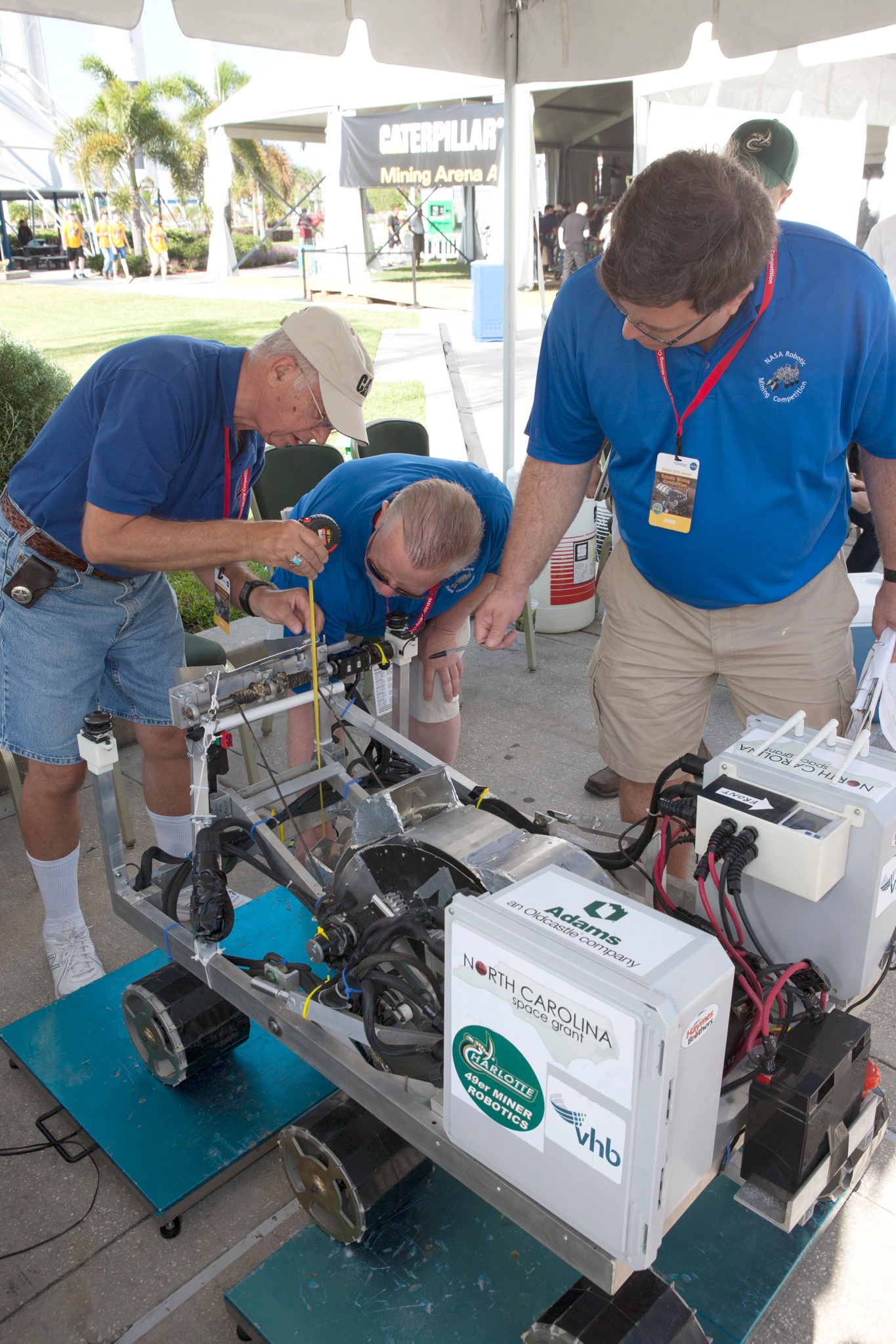
Robotic Mining Competition Awards
Joe Kosmo Award for Excellence
University of Alabama in collaboration with Shelton State Community College
On-Site Mining Award
First Place – University of Alabama in collaboration with Shelton State Community College
Second Place – Purdue University
Third Place – University of Utah
Judges’ Innovation Award
John Brown University
Regolith Mechanics Innovation Award
Case Western Reserve University
Autonomy Award (sponsored by Caterpillar Inc.)
University of Alabama in collaboration with Shelton State Community College
Communication Award
University of Alabama in collaboration with Shelton State Community College
Systems Engineering Paper
First Place – University of Illinois at Urbana-Champaign
Second Place – University of Alabama in collaboration with Shelton State Community College
Third Place – John Brown University
Honorable Mention – Oakton Community College
Outreach Project Award
First Place – University of North Dakota
Second Place – University of Alabama in collaboration with Shelton State Community College
Third Place – Iowa State University
Team Spirit Award
First Place – University of Florida
Second Place – University of Akron
Third Place – University of Illinois at Chicago
Slide Presentation and Demonstration Award
First Place – University of Alabama in collaboration with Shelton State Community College
Second Place – Colorado School of Mines
Third Place – John Brown University
Engineer It! Award
Iowa State University
Social Media Award
Iowa State University

